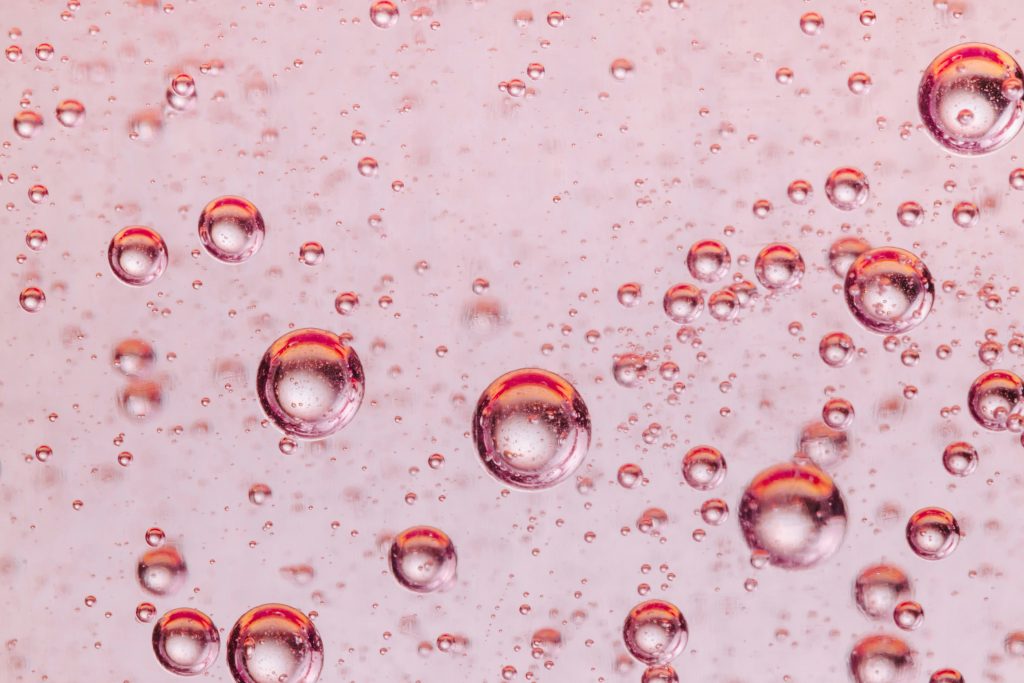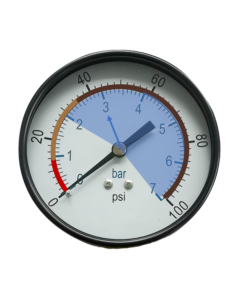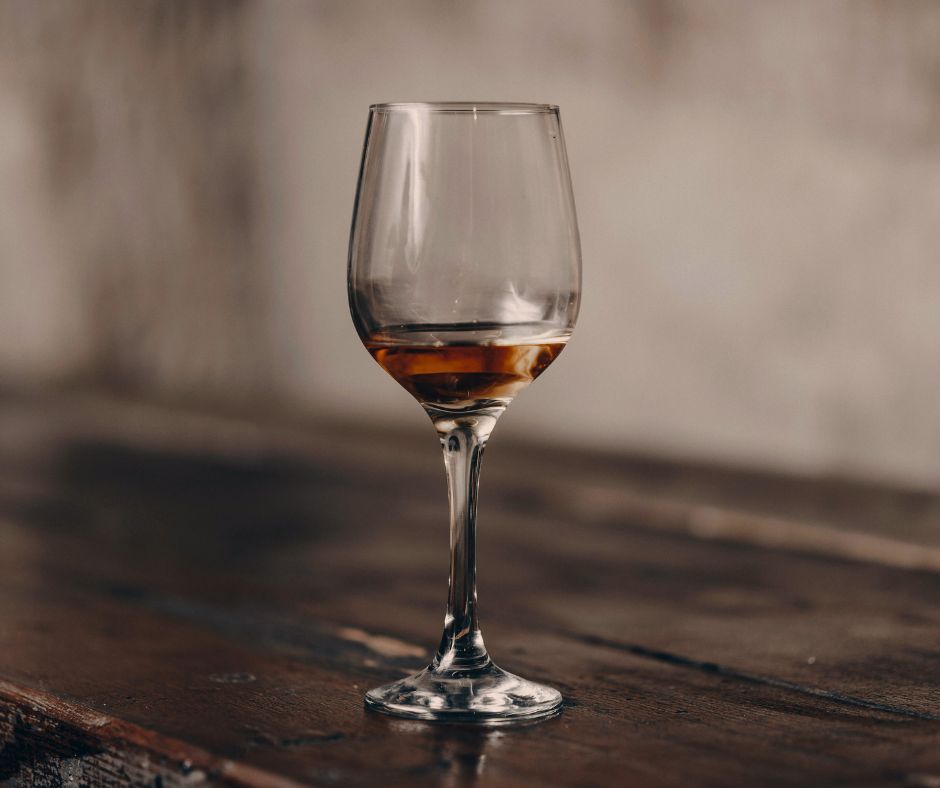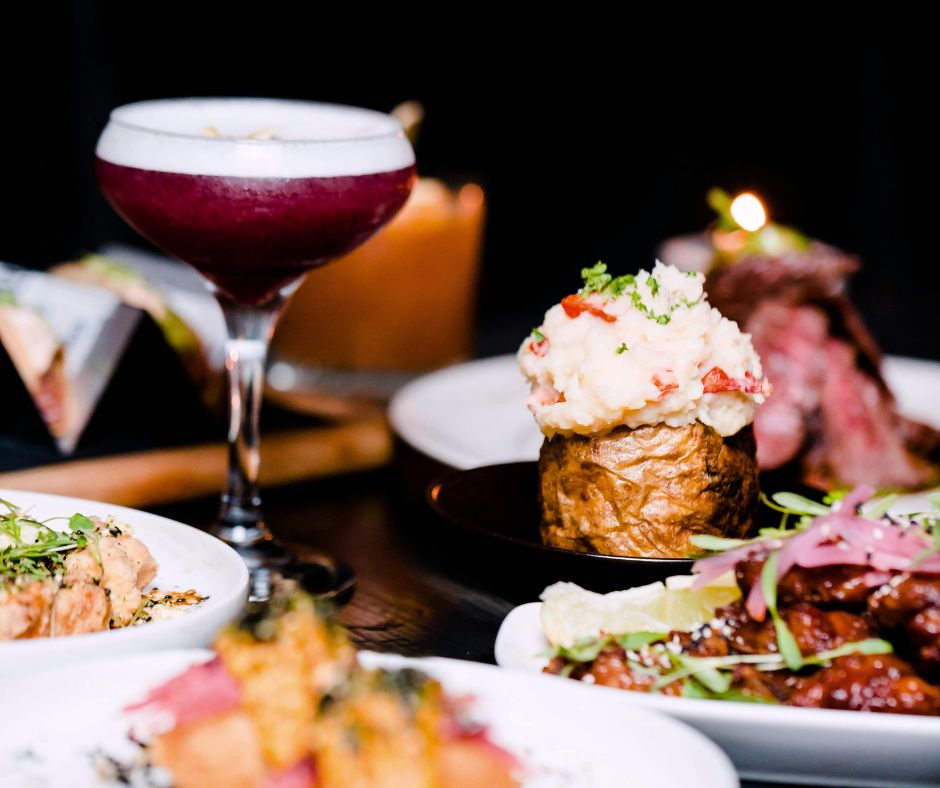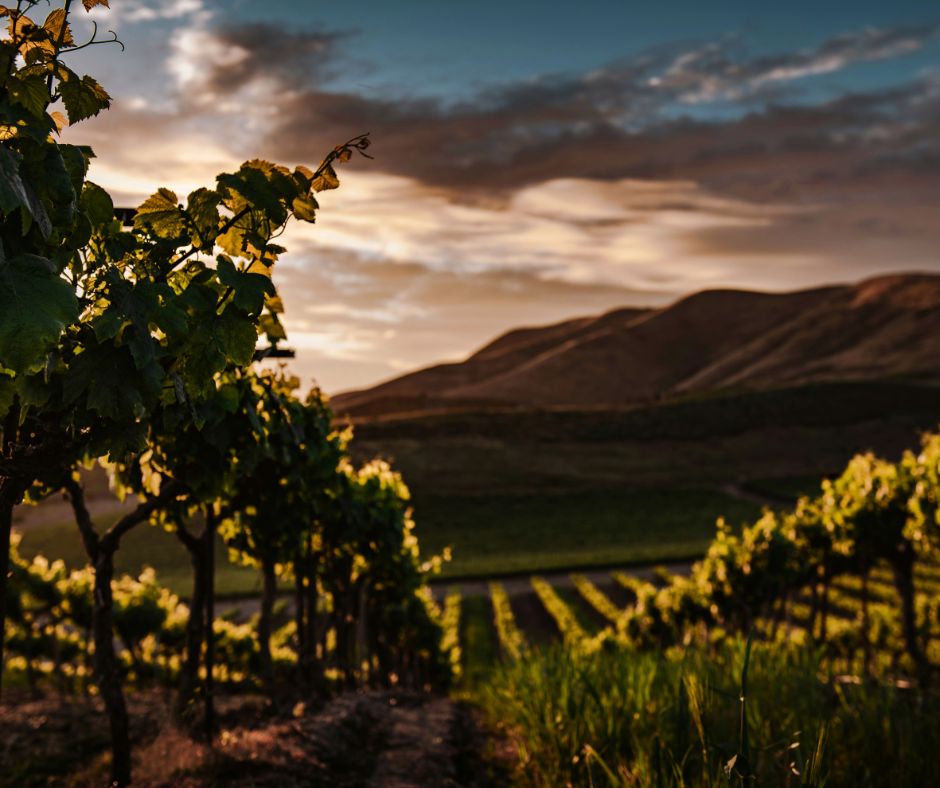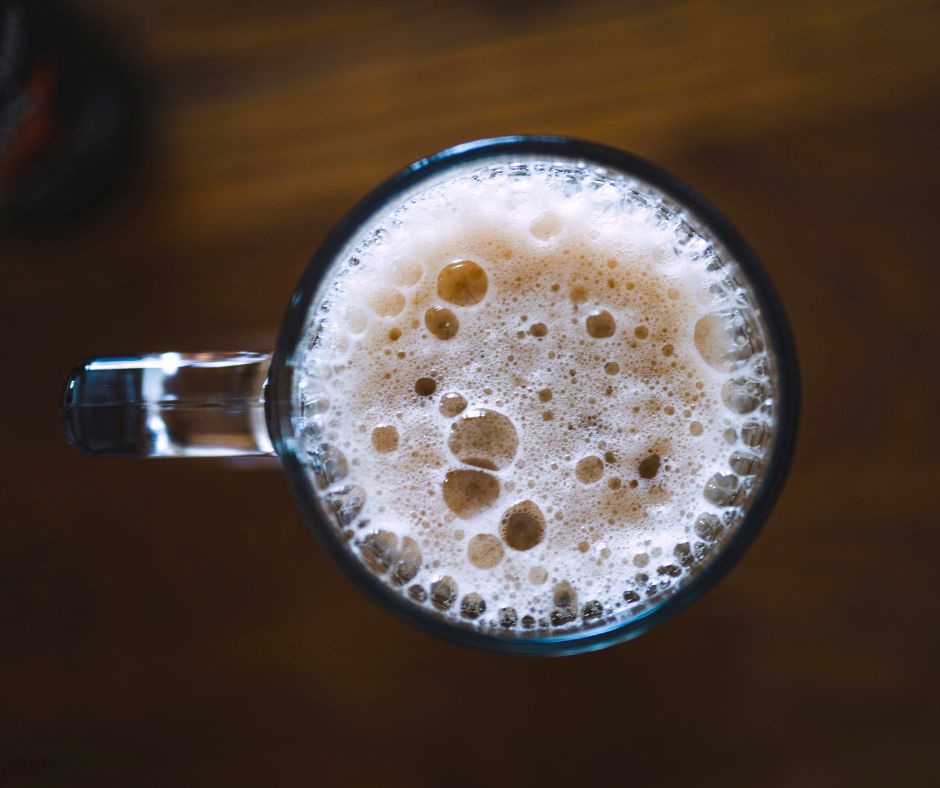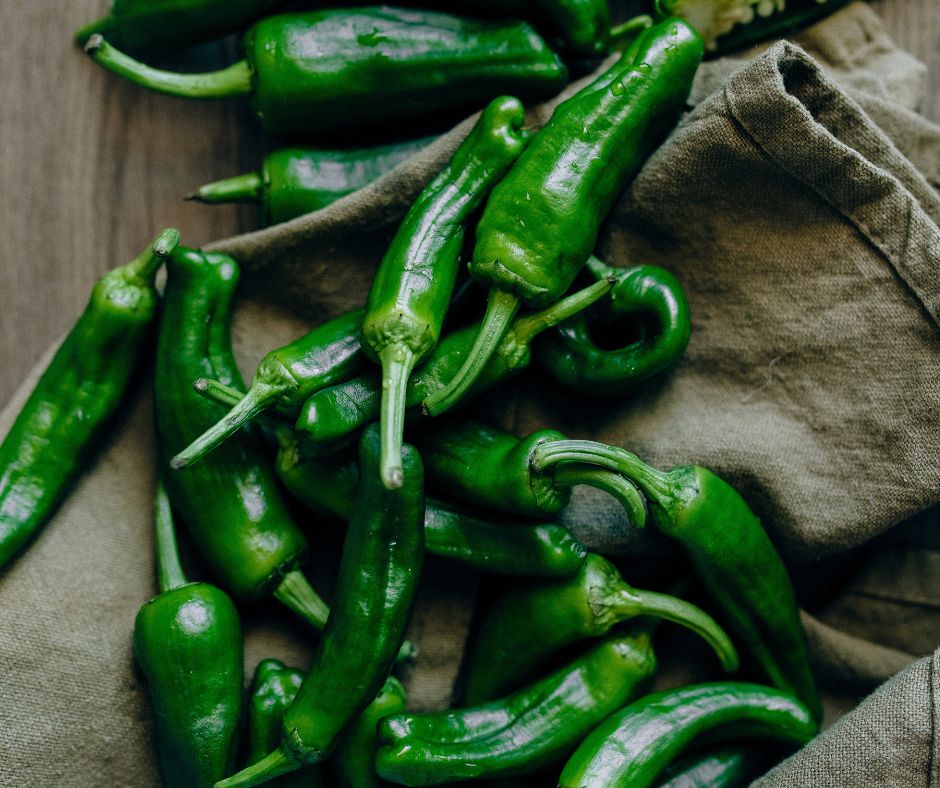At Pairable™, we believe bubbles shouldn’t be saved for weddings and New Year’s Eve.
Sparkling wine is one of the most versatile, food-friendly, and downright joyful beverages out there — and it’s time to break it out of its special-occasion cage. Whether it’s true Champagne or a crisp Cava, sparkling wine deserves a permanent spot in your anytime pairing playbook.
So let’s get into it — what makes sparkling wine sparkle, why some bottles cost more than your electric bill, and why you should 100% pop open a bottle next time you order pizza.
Step One: How the Bubbles Get There
Not all bubbles are made the same way, and that makes a big difference in flavor, texture, and price.
Traditional Method (a.k.a. Champagne Method)
- Base wine is fermented, bottled, and then ferments a second time inside that very same bottle.
- Yeast and sugar (tirage) are added, creating bubbles.
- After aging (sometimes years), bottles are gradually rotated to collect yeast sediment, then disgorged (yeast removed) and finished with a touch of sugar (dosage).
- Result: Fine bubbles, creamy texture, complex flavors from long lees aging (think toast, brioche, and almond).
- Used in: Champagne, Cava, Franciacorta, Crémant, Mousseux, Espumoso.
Tank Method (a.k.a. Charmat)
- Second fermentation happens in a big pressurized tank, not individual bottles.
- Faster, cheaper, and designed to preserve fresh, fruity flavors.
- Result: Bigger, frothier bubbles and bright, primary fruit flavors.
- Used in: Prosecco, Spumante, Sekt.
Ancestral Method (a.k.a. Pet-Nat)
- Wine is bottled before fermentation finishes, so bubbles form naturally.
- Result: Often funky, rustic, cloudy, and unpredictable — but very fun.
- Used in: Loire Valley, Jura, and the trendy natural wine scene.
Pressure Makes the Bubbles 
Not all sparkling wines are equally fizzy.
Here’s the cheat sheet:
| Style | Pressure (bar) | PSI (equivalent) | Example |
| Beady | <1 bar | Flat tire | Vinho Verde, Pet Nats |
| Semi-Sparkling | 1-2.5 bar | Leaky tire | Frizzante (Italy), Pétillant (France), Spritzig (Germany) |
| Fully Sparkling | 2-4 bar
5-7 bar | Auto tire
Bike tire | Prosecco
Champagne, Franciacorta, Cava |
More pressure = finer bubbles = creamier texture = usually higher price.
Terroir & Grapes: What’s Inside the Bottle?
Where your bubbles come from — and which grapes are in the blend — totally shape what you taste.
| Wine | Region | Grapes | Typical Profile |
| Champagne | France | Chardonnay, Pinot Noir, Meunier | Toasty, citrus, brioche |
| Prosecco | Italy | Glera | Pear, peach, floral |
| Cava | Spain | Macabeo, Parellada, Xarel·lo | Citrus, green apple, almond |
| Franciacorta | Italy | Chardonnay, Pinot Nero, Pinot Bianco | Creamy, nutty, rich |
| Crémant | France (outside Champagne) | Varies by region | Fruity, floral, elegant |
Sweetness Matters — Brut vs. Extra Dry (Wait, What?)
Sparkling wine labels tell you how sweet (or not) they are. Here’s what those terms really mean:
| Term | Sugar (g/L) | Taste |
| Brut Nature | 0-3 | Bone dry |
| Extra Brut | 0-6 | Very dry |
| Brut | 0-12 | Dry |
| Extra Dry | 12-17 | Off-dry (a little sweet) |
| Demi-Sec | 32-50 | Sweet |
| Doux | 50+ | Very sweet |
Fun fact: Extra Dry is sweeter than Brut — one of wine’s little curveballs.
Champagne vs. ‘Champagne’: The Legal Drama
In Europe, Champagne is a Protected Designation of Origin (PDO) — meaning only sparkling wine made in Champagne, France, using approved grapes and methods, can legally carry the name.
In the US, that wasn’t always the case. For decades, American producers (especially in California) freely slapped “Champagne” on any sparkling wine — until the 2006 US-EU Champagne Accord.
Now:
- Pre-2006 brands like Korbel and Cook’s can still call themselves California Champagne.
- New producers must label their wine sparkling wine — no exceptions.
Most of today’s top US sparkling producers, like Schramsberg, Roederer Estate, and Domaine Carneros, proudly skip the “Champagne” label and focus on making world-class American sparkling wine with its own identity.
The Culture Clash: US vs. Europe and Everyday Bubbles
US: Bubbles = Celebration
Thanks to decades of marketing, Americans still see sparkling wine as a special-occasion beverage — weddings, New Year’s Eve, big milestones.
Europe: Bubbles = Everyday
In France, Italy, and Spain, sparkling wine is just part of dinner. Cava with tapas? Prosecco with aperitivo? Champagne with fried chicken? Absolutely.
At Pairable™, we’re all about bringing that everyday sparkle mindset to your table. You don’t need a promotion to pop a bottle.
The Pairable™ Pairing Playbook: Bubbles + Food – Perfect Pairings You Didn’t See Coming
| Sparkling | Pair With |
| Champagne | Scrambled eggs, oysters, fried chicken |
| Prosecco | Brunch frittata, prosciutto, melon salad |
| Cava | Jamón, grilled shrimp, patatas bravas |
| Franciacorta | Creamy risotto, truffle popcorn |
| Crémant | Soft cheeses, sushi, vegetable tempura |
🍿 But Why Popcorn and Chips?
Sparkling wine has high acidity + bubbles — the perfect cut-through for salty, fatty, crispy snacks. Potato chips, truffle fries, and buttered popcorn are A+ partners for Champagne or Cava.
The Pairable™ Takeaway
Stop saving sparkling wine for special occasions.
✨ Pair it with your weeknight takeout.
✨ Pop it with brunch.
✨ Sip it with popcorn during movie night.
Because every meal deserves a little sparkle — and Pairable™ is here to help you find your perfect match.


